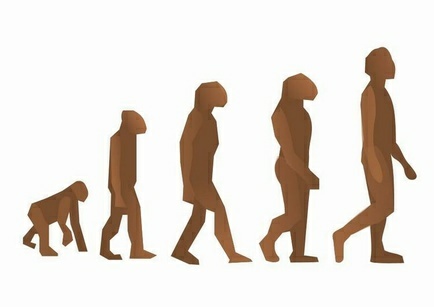Microbiologist
Carl Woese is well known as an iconoclast. Indeed, few biologists have so thoroughly shaken the tree of life as he did when he proposed that there are not two major branches --
prokaryotes, whose cells lack nuclei, and
eukaryotes who possess nuclei, including all animals, plants, fungi, and protists -- but rather
three. "Prokaryotes", Woese argued, do not represent a cohesive category, and should be split into two deeply divergent lineages: the
Bacteria, with which everyone is reasonably familiar, and the
Archaea, superficially similar organisms that are less commonly encountered as many of them reside in extreme environments. What's more, studies of genetic data suggested that the Archaea are actually more closely related to eukaryotes -- including humans -- than they are to bacteria.

Woese's three-domain tree of life. From Wikimedia Commons.
At 79 years of age, Woese is still shaking things up. Most recently, he stated in an interview with
Wired that,
My feeling is that evolution shouldn't be taught at the lower grades. You don't teach quantum mechanics in the grade schools. One has to be quite educated to work with these concepts; what they pass on as evolution in high schools is nothing but repetitious tripe that teachers don't understand.
 Moore’s Law, The Origin Of Life, And Dropping Turkeys Off A Building
Moore’s Law, The Origin Of Life, And Dropping Turkeys Off A Building Genome Reduction In Bladderworts Vs. Leg Loss In Snakes
Genome Reduction In Bladderworts Vs. Leg Loss In Snakes Another Just-So Story, This Time About Fists
Another Just-So Story, This Time About Fists













